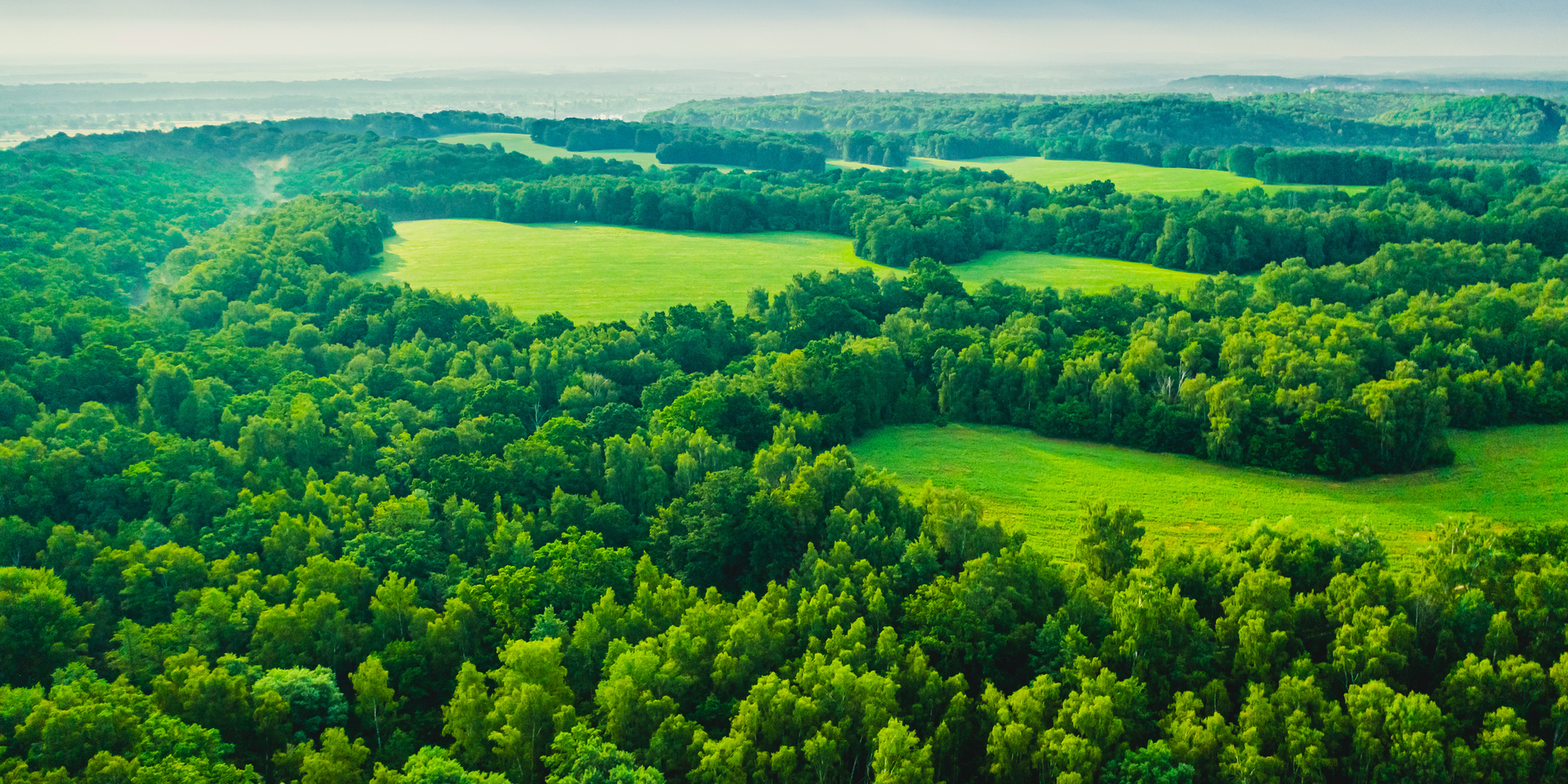The Future of Sustainable Website Design
In today's digital age, a powerful online presence is crucial for businesses of all sizes and industries. As consumers become increasingly eco-conscious, the demand for sustainability extends beyond just products and services – it now applies to the very digital platforms that businesses operate on. This brings us to the topic of sustainable website design, a trend that's gaining traction in the web development industry. In this blog post, we'll explore what sustainable web design is, how to create a sustainable website and showcase an example of a sustainable website.
What is sustainable web design?
What are the key principles of sustainable web design?
1. Efficiency: Sustainable websites are designed to load quickly and efficiently. This reduces energy consumption and improves the user experience.
2. Minimalism: Streamlining the design, code and content ensures that a website doesn't require excessive server resources to operate.
3. Green hosting: Choosing eco-friendly web hosting services powered by renewable energy sources can significantly reduce a website's carbon footprint.
4. Accessibility: Ensuring that a website is accessible to all users, including those with disabilities, is a fundamental aspect of sustainability.
5. Optimised images and multimedia: Compressing images and videos and utilising modern image formats helps reduce data usage and load times.
Learn how to create your sustainable website
Creating a sustainable website involves a combination of thoughtful design choices, technical optimisations and responsible hosting. Here are the key steps to creating a sustainable website:
1. Plan with sustainability in mind
Start by considering sustainability during the planning phase. Define your website's purpose, target audience and content strategy. By understanding your goals and audience, you can avoid unnecessary features and content that can bloat your website.
2. Choose an eco-friendly hosting provider
Select a hosting provider that uses renewable energy sources and practises environmentally responsible server management. Hosting your website on servers powered by wind, solar or hydropower significantly reduces its carbon footprint.
3. Optimise your website's performance
A fast-loading website not only provides a better user experience but also consumes fewer server resources. Implement performance optimisation techniques like browser caching and code minification.
4. Prioritise accessibility
Ensure that your website is accessible to all users, including those with disabilities. Use semantic HTML, provide alternative text for images, and test your website with accessibility tools to identify and fix any issues.
5. Sustainable design choices
Choose a clean and minimalist design that focuses on usability and functionality. Avoid flashy animations and excessive use of JavaScript, which can slow down your website and increase energy consumption.
6. Content efficiency
Optimise your content for both search engines and readers. Use keywords strategically, but avoid keyword stuffing. High-quality, informative content that meets user needs is more sustainable in the long run.
7. Regular maintenance
Keep your website up to date with software updates, security patches and content revisions. Regular maintenance ensures that your website remains efficient and secure over time.
An example of a sustainable website: Us, it'seeze Bristol
As a franchisee of the it'seeze web design network, we understand the importance of digital sustainability. Our own website design has been created sustainably and our offices are powered by green energy.
Our website is designed to load quickly, ensuring a seamless user experience. It's optimised for various devices, further enhancing accessibility.
Minimalism: The design is clean and clutter-free, prioritising essential information and services. Unnecessary elements that could slow down the website have been omitted.
Green hosting: it'seeze Bristol hosts its website with an eco-friendly hosting provider, minimising the environmental impact of its digital presence.
Accessibility: The website is designed to be accessible to all users, including those with disabilities. It adheres to accessibility standards and provides alternative text for images.
Optimised images and multimedia: High-quality images are optimised for fast loading without sacrificing visual appeal. This ensures that the website remains efficient even with rich media content.
By implementing these sustainable web design principles, we’re committed to environmental responsibility while providing high-quality web design, SEO, local web support and social media marketing services to businesses in Bristol.

Looking towards a greener digital future
As the world becomes more environmentally conscious, sustainable web design is poised to become the standard in the web development industry. Creating a sustainable website not only benefits the planet but also enhances user experiences and reduces long-term maintenance costs. It's a win-win for businesses and the environment.
If you're considering a new website or looking to revamp your existing one, remember the principles of sustainable web design. Choose a web design partner like it'seeze Bristol, who understands the importance of minimising digital carbon footprints while delivering outstanding online solutions. Together, we can create a greener, more sustainable digital future.
Why not find out more about who we are and what we do? We take the time to get to know you and your company while upholding our company values. This is just one of the many reasons we think we're a great business to work with. Have a read of our client testimonials too, don’t just take our word for it!
Share this post:


